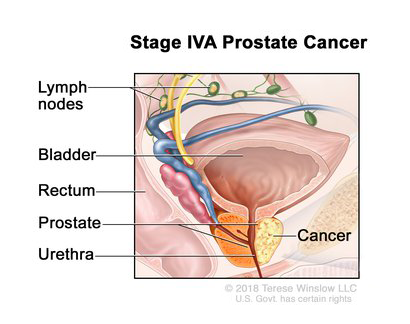Standardizing the Definition of Aggressive Prostate Cancer for Etiologic Studies
, by DCEG Staff
Over the last three decades, prostate cancer screening with the prostate-specific antigen test has changed the landscape of the disease, greatly reducing mortality. However, there has been a concurrent rise in the diagnosis of asymptomatic disease, a large proportion of which is considered clinically indolent. While clinical stratification of prostate cancer can define which cases are likely to be aggressive, a standardized definition that is used consistently is lacking for etiologic epidemiologic studies, limiting the ability of researchers to compare and combine study results as well as conduct meta-analyses. Postdoctoral fellow Lauren Hurwitz, Ph.D., and senior investigator Michael B. Cook, Ph.D., in the Metabolic Epidemiology Branch and colleagues, proposed a standardized definition for aggressive prostate cancer for use in epidemiologic research and compared its performance using data from the NCI SEER-18 database. The findings were published October 3, 2020, in the Journal of the National Cancer Institute.
The investigators examined the performance of various categorizations of the TNM staging system and Gleason score in predicting death from prostate cancer within ten years of diagnosis, among patients diagnosed with prostate cancer in 2007 . Of the 12 tested definitions, the researchers proposed defining aggressive prostate cancer as a diagnosis of advanced stage (T4 or N1 or M1) or high grade (Gleason score ≥8), as this definition had a good balance of positive predictive value and sensitivity for identifying prostate cancers that were fatal within ten years of diagnosis. The definition also performed well across various diagnostic age and race/ethnicity groups and is based on data variables that have commonly been collected in cohort studies.
Standardizing the definition of aggressive prostate cancer used in etiologic epidemiologic research will increase comparability across different studies to improve the understanding of prostate cancer etiology and inform strategies for prevention.
Reference
Hurwitz LM et al, Recommended definitions of aggressive prostate cancer for etiologic epidemiologic research. J Natl Cancer Inst. Oct 3, 2020. DOI: 10.1093/jnci/djaa154. [E-pub ahead of print]
